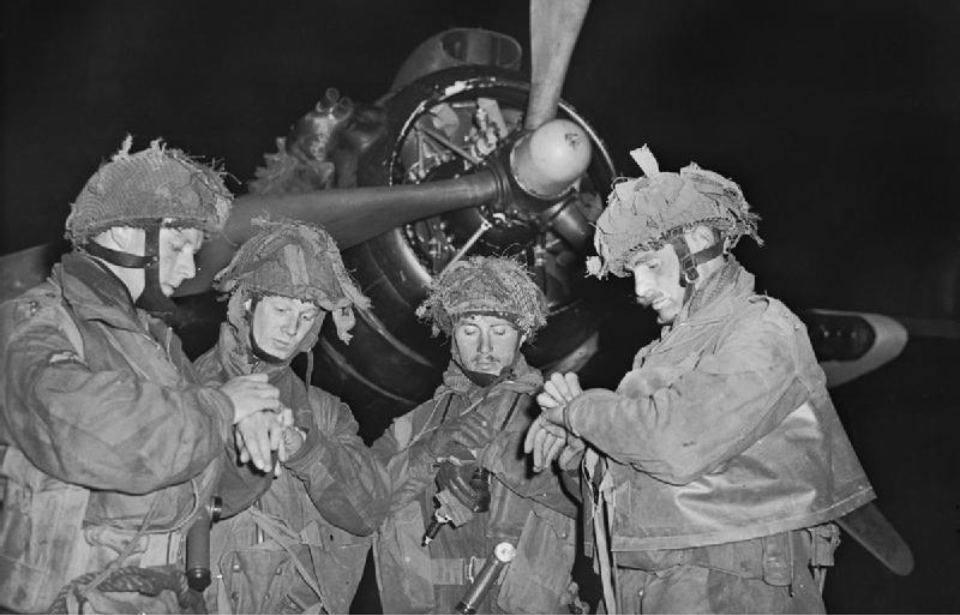Then the largest seaborne invasion in history, the D-Day landings were planned down to the last detail. One of the most important parts of this attack had nothing to do with an assault from the water. Rather, it was the deployment of Allied paratroopers as some of the first soldiers to land in France, in what became known as Operation Tonga.
The British 6th Airborne Division was one of these groups, landing in Normandy just after midnight on June 6, 1944. They were given numerous tasks, designed to ensure the Allied troop landings from the water would be seamless. This included destroying a dangerous German artillery battery, which they accomplished against all odds.
The role of paratroopers on D-Day
There were three major airborne divisions involved in Operation Overlord, the US 82nd and 101st Airborne, as well as the British 6th Airborne, who were joined by a small number of Canadian paratroopers. Airborne numbers totaled over 18,000, with the paratroopers dropped behind enemy lines.
As with the 6th, the 82nd and 101st Airborne Divisions were deployed in advance of the amphibious landings, to ensure important locations were secured.
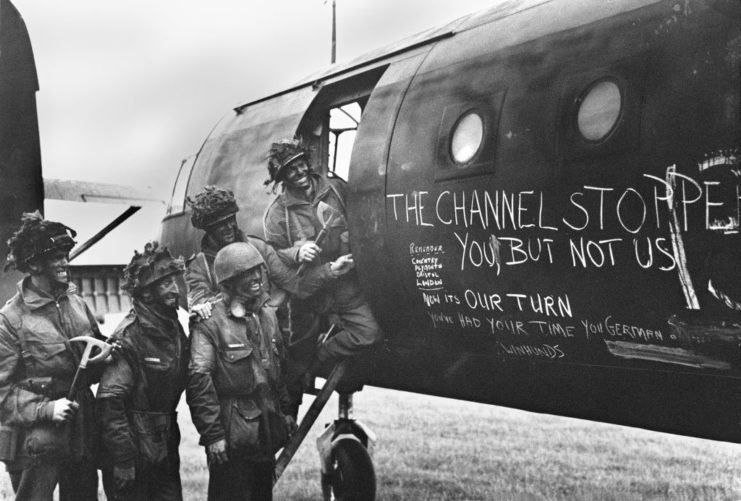
These paratroopers were vital to the success of D-Day, as their objectives played a significant role in the outcome of the other missions. The US divisions were dropped behind Utah Beach, taking part in various actions to ensure those who landed later in the day would be able to quickly move on with their objective.
The 6th were dropped near the Orne to support the British troops who would land at Sword Beach. These positions also ensured that the flanks of all five landing points were secured. Although many of the paratroopers who were dropped in the early hours of the morning had never before seen combat and often missed their drop targets, they achieved many of their goals.
Planning Operation Tonga and the drop into France
For the British, under the command of Maj. Gen. Richard Gale, these goals were all part of Operation Tonga. While initially only one brigade would be deployed, the plan changed to see the drop of the entire 6th Airborne Division. They underwent extensive training, which was designed to help them accomplish their three assigned tasks.
These included the capture of the bridges over the Caen Canal and the Orne; destroying the bridges over the Dives; and taking out the Merville Gun Battery, which was part of the Atlantic Wall. The pilots charged with dropping the paratroopers trained day and night to ensure they mastered their maneuvers. Those assigned to take the bridges over the Orne and Caen Canal trained on similar structures in Exeter.
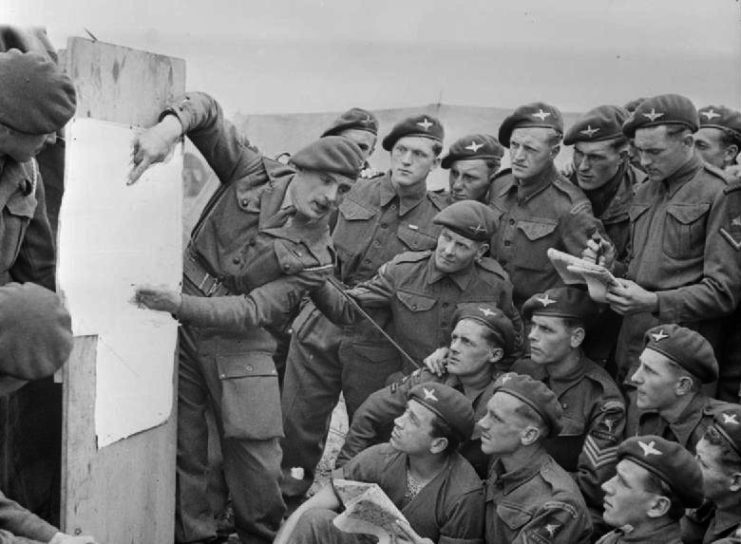
It was the 9th Parachute Battalion, assigned to destroy the Merville Gun Battery, who underwent the most intensive training. They were sent to a camp for two weeks, where a replica was created for training purposes. They practiced repeatedly and learned how to operate in and around the coastal fortification, and also went over the best ways to defeat the Germans.
Operation Tonga gets underway
Just before midnight on June 5, 1944, British paratroopers onboard Handley Page Halifax heavy bombers, towing Airspeed Horsa gliders, departed from Royal Air Force (RAF) Tarrant Rushton. Shortly after, the remaining troops took off in waves in Armstrong Whitworth A.W.41 Albemarles, Douglas DC-3 “Dakotas” and Short Stirlings.
The various brigades were to be dropped in France between 12:50 AM and 4:30 AM on June 6.
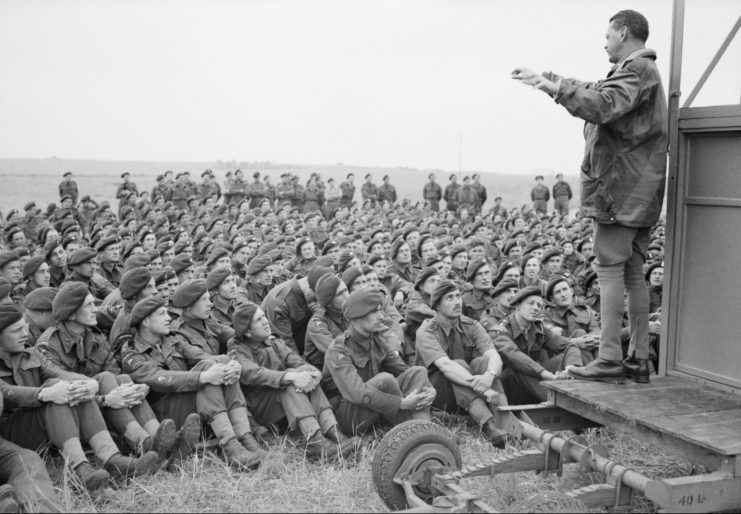
As with most airborne operations, many of the paratroopers were dropped a fair distance away from their intended targets. For Lt. Col. Terence Otway, commander of the 9th Parachute Battalion, this disruption was more detrimental, as his mission at Merville Gun Battery relied on the entire brigade, along with their heavy equipment, to successfully execute the attack.
Battle of Merville Gun Battery
Otway landed, unfortunately, away from the drop zone, in a farmhouse used by the Germans. He was able to escape, along with some of the men who landed with him, and reach the intended site. It appeared he wasn’t the only one who was dropped off course, as an hour later, only 110 paratroopers had arrived with a very small amount of artillery. Eventually, he’d amassed 150.
For operations to proceed, Otway had to have the Merville Gun Battery destroyed by 5:30 AM, so, despite their numbers, the 9th Parachute Battalion marched on the fortification, where they met up with 22nd Independent Parachute Company pathfinders. When the incoming gliders with the British sappers missed the target, Otway decided to launch the attack, with his men divided into four assault teams.
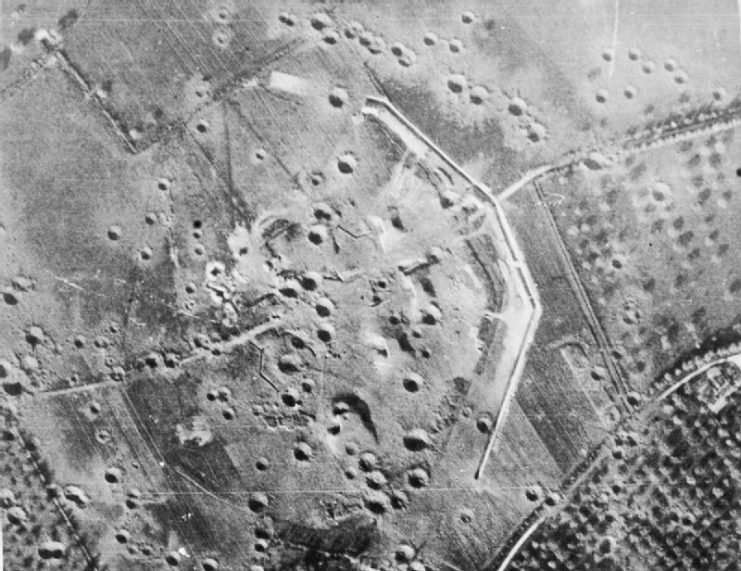
What ensued was a bloody, although victorious, attack, which resulted in Merville Gun Battery and German prisoners of war (POWs) being taken. The 9th quickly withdrew from the location, moved to the village of Le Plein, their second objective, and took it from the Germans. Although they had other tasks, the battalion was too small to continue, given the total casualties they’d sustained at Merville totaled around 50 dead and 25 wounded.
Aftermath of Operation Tonga
Overall, Operation Tonga was considered a success, regardless of the extensive issues faced by the troops who were scattered along the countryside. While a mistake, the scattering of the divisions unintentionally made the Germans believe there were far more paratroopers landing than there actually were, and over a greater area.
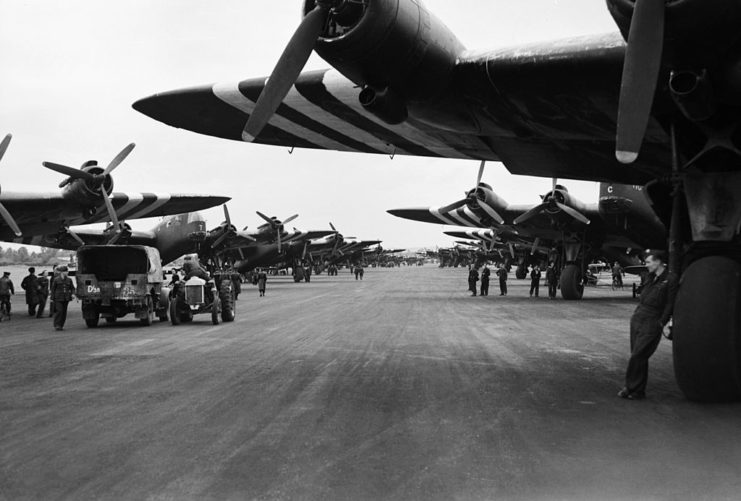
More from us: The World’s First Ever Gliderborne Attack Allowed Germany to Take Belgium
Reinforced by an additional wave of paratroopers from the 6th Airborne later on, the fight continued into mainland France, repelling German assaults until they were withdrawn from the front on August 27, 1944. During the fighting between June 5-7, the division suffered 800 casualties, out of the 8,500 men who’d been deployed.
